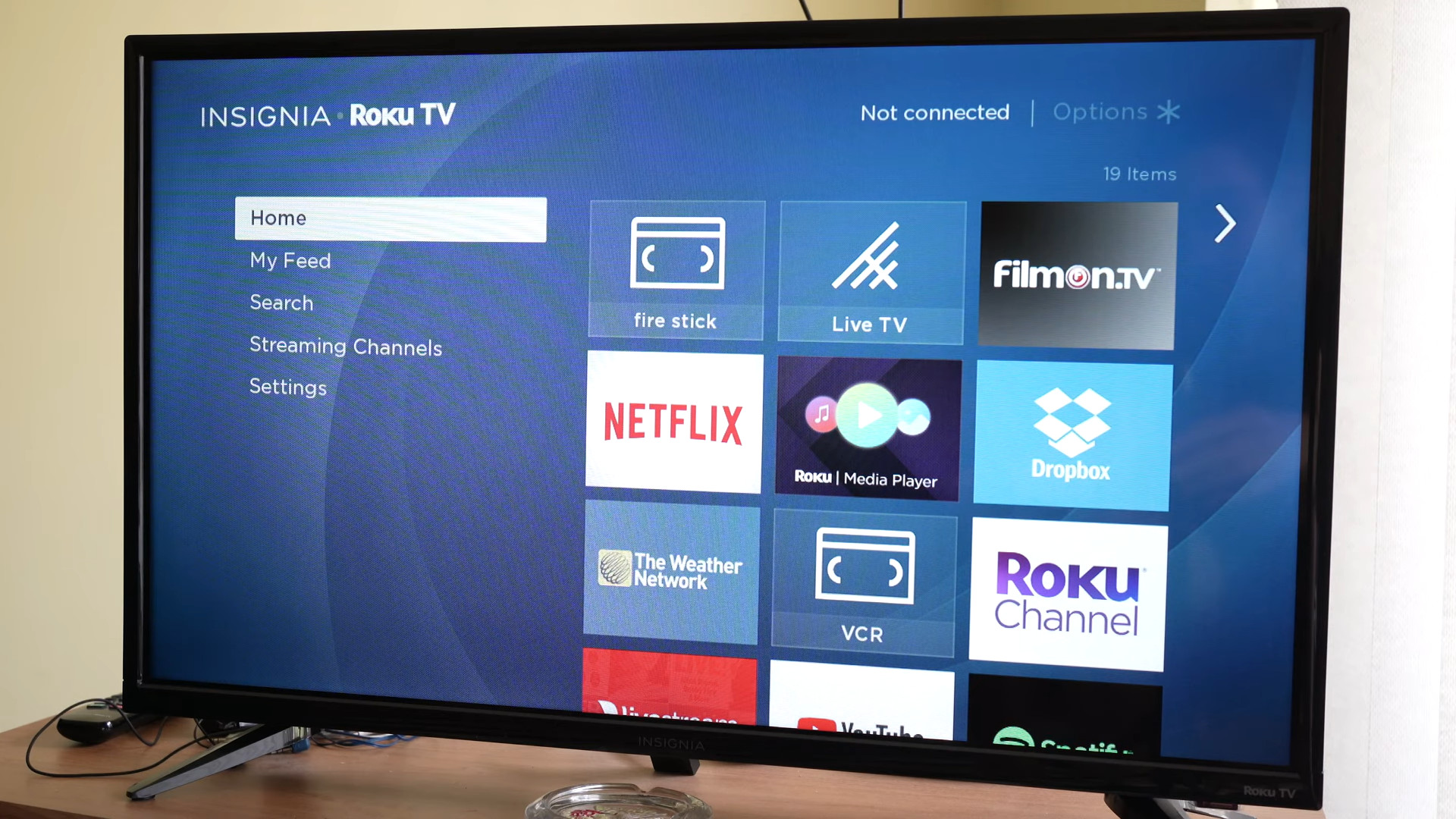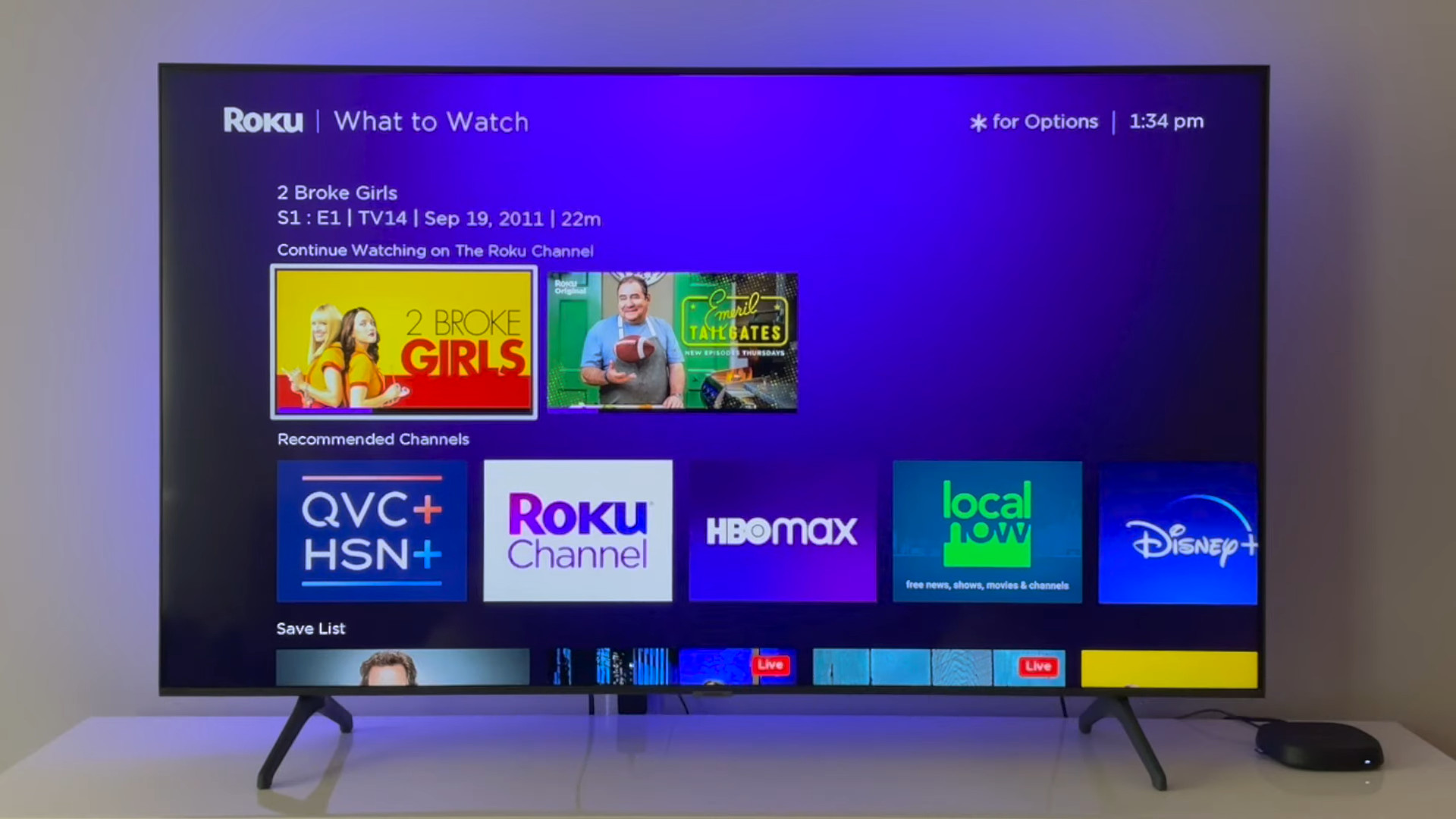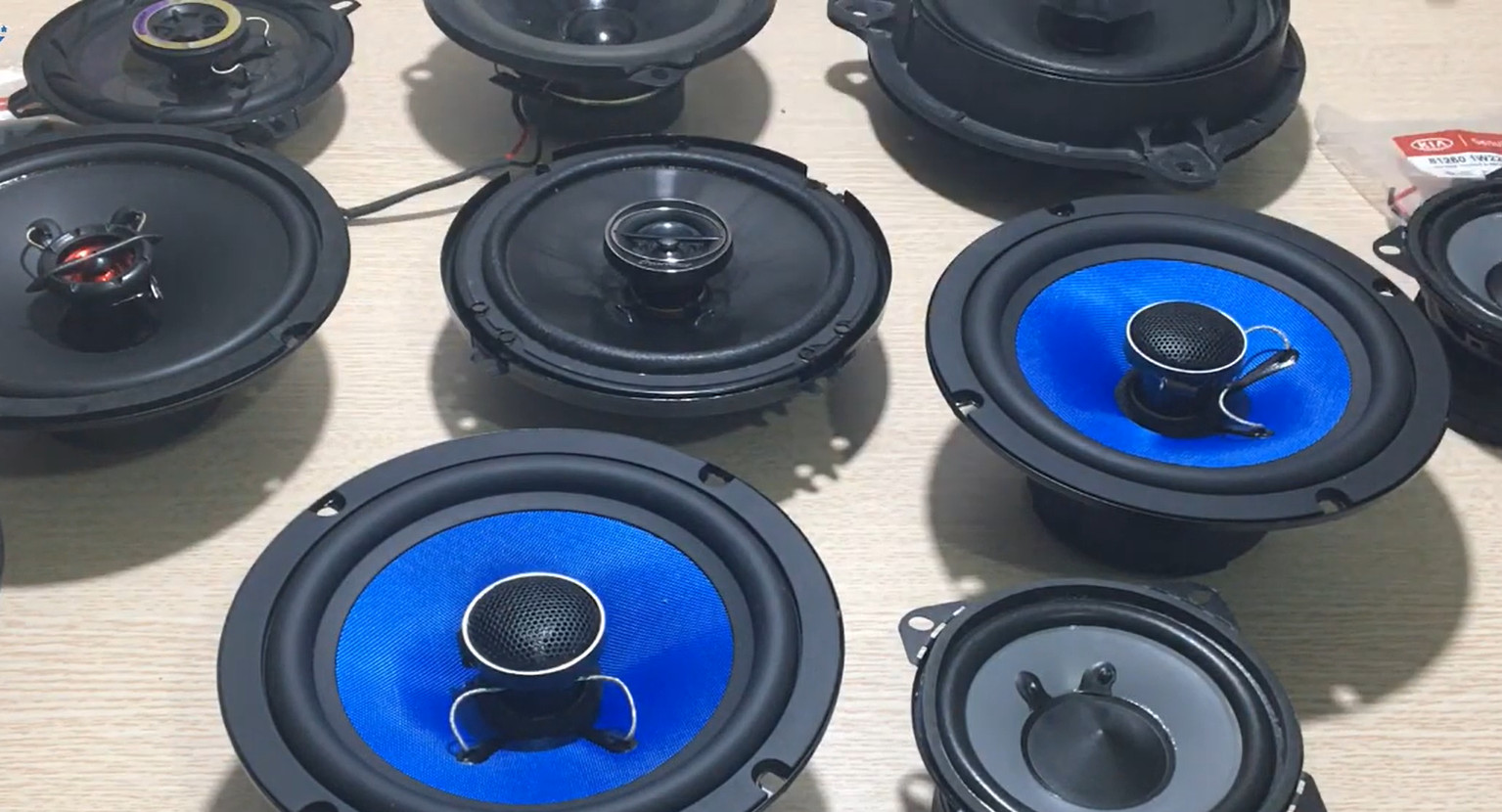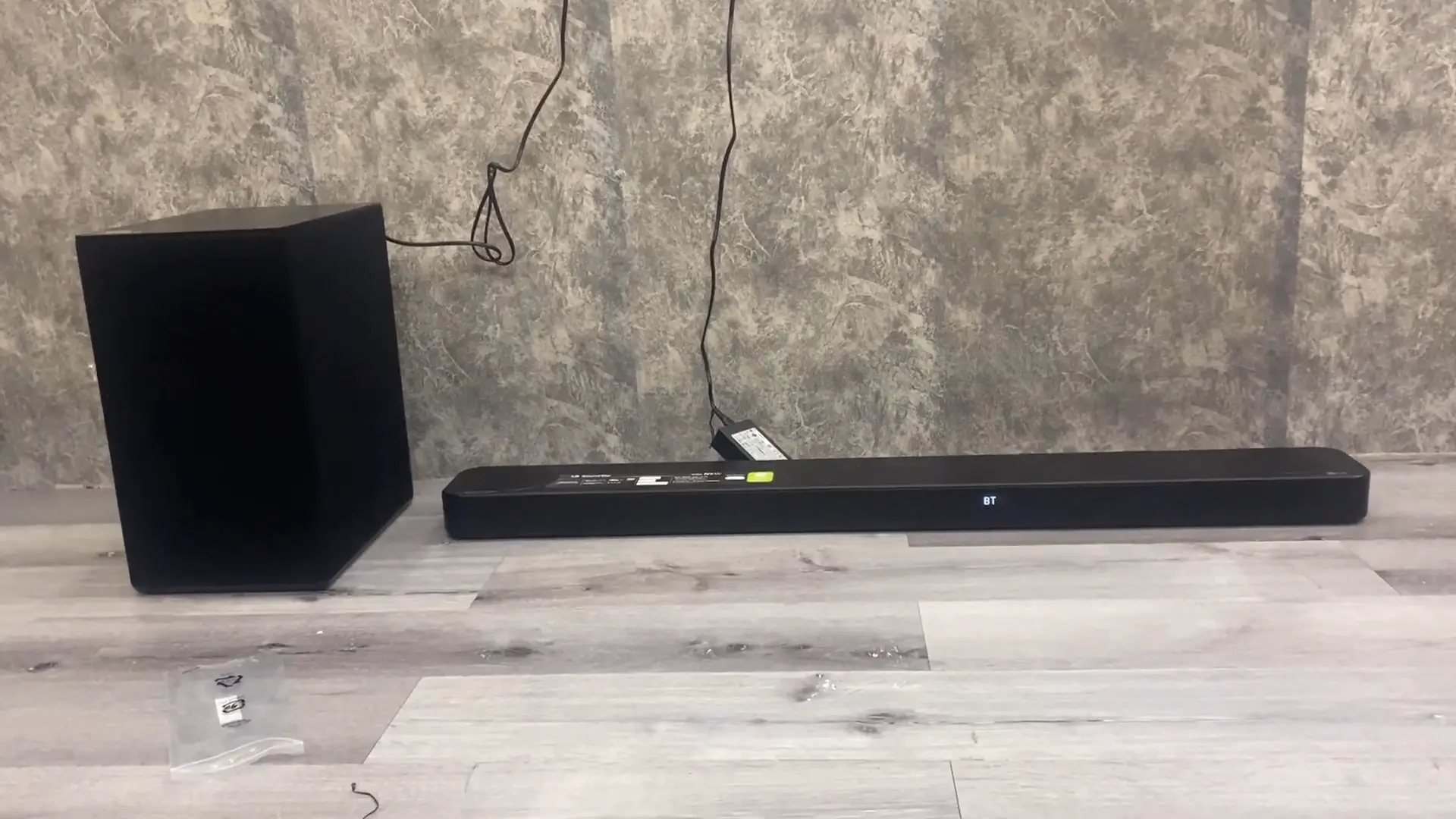My Amp is on but no sound from the speakers (How to fix it)
The amplifier is indispensable in any audio system, which enhances the subwoofer’s power and facilitates its operation. However, your audio system cannot produce bass if the sub generates no sound.
Many users frequently ask: my amp is on, but no sound from the speakers (how to fix it)? So, what to do when your amp works but the sub generates no sound?
In this post, I will instruct you on solving the issue via simple solutions. There are many potential causes for this problem. Ensure that you read the guide carefully to choose the best fixing method.
Contents
My Amp Is On But No Sound From The Speakers: Simple Solutions
The situation is very frustrating, but don’t take your car or audio system to the store yet. Here are some effective solutions you can try to solve the problem.
Check The Amplifier’s Output And Input
If there is no sound, the problem may be with the amp’s input or output to the head unit. First, examine the RCA cables that connect your amp to the head unit for scratches or loss of connection.
Remember to turn off the power first, or you can get electric shocks when checking the RCA cables. You can use a multimeter to check the wire more thoroughly.
If the RCA cables are damaged, the signals cannot be sent from your amp to the audio system. This explains why your amp still works, but the audio system doesn’t operate.
You can try plugging out the RCA cables and pairing your subwoofer with the phone to check if it works. If it doesn’t, the cable or sub is damaged, and you need to get them replaced.
If the sound still plays, then your head unit is malfunctioning.
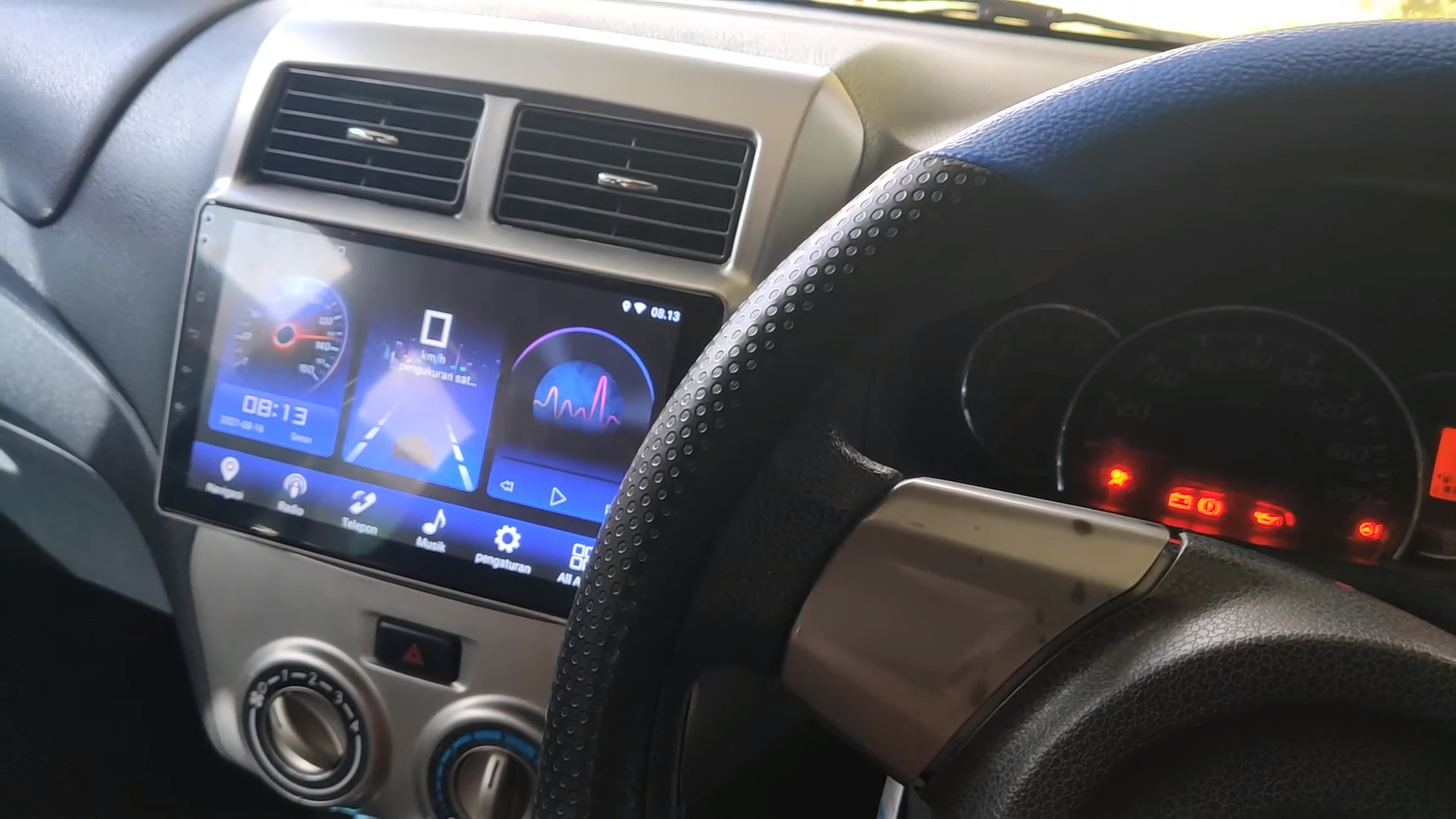
Check Your Amplifier’s Power
If you identified that your subwoofer is not working in the first step, check its power source. It’s likely that the sub still turns on without receiving sufficient voltage to operate.
Now take out your multimeter and examine the device’s positive and negative terminals. If the voltage stands around 12 to 14, it’s functioning well. If it’s lower than that limit, your sub is not receiving enough power.
Move on to examine the battery connection, the amp’s fuse block, and power wires. If any part is loose or damaged, get them replaced, especially the fuse block on your amp. Don’t forget to turn off the power before examining.
Related: Speaker wire colors
Check The Subwoofer If It’s Short-Circuited
The short circuit is more common than you think, which is likely the cause of your speakers not working. When driving your car, a small metallic object may get inside the head unit.
The system is short-circuited when it touches the positive or negative rods at the sub cone’s terminal. In this case, try pairing your subwoofer with another amp. If the sounds don’t turn on, your sub’s wires are burned.
Check The Cone Seal And Electromagnetic Coil Of Your Sub
The last but not least likely cause is a damaged electromagnetic coil and cone seal on your subwoofer. If all the methods and checking above don’t work, you should check all your sub’s components comprehensively.
Examine if the seal and electromagnetic coil are damaged, broken, or loosen. You can try turning on the subwoofer and checking if these components are working, but be careful of the electricity.
If you need more detailed demonstrations of fixing the problem, follow this video to learn more!
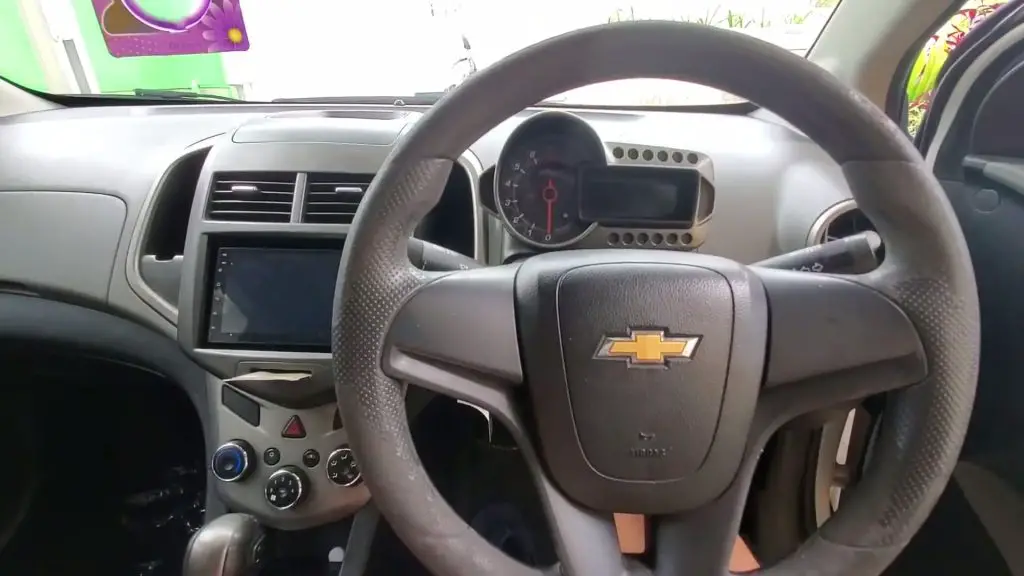
Common Problems On Amplifier And Solutions
Here are some problems users frequently encounter with their car’s audio system. If you run into one of the issues below, this section will be of great help.
If The Amp Doesn’t Power On At All
The amplifier needs good ground and electricity from both the power and the remote cable. If one of the two wires doesn’t provide power, the amp won’t operate or turn on.
You should check the two corresponding wires to see if they are loose or damaged. If they all work fine, move on to check the ground wire connected to your amp.
If one of the mentioned wires is broken, you just need to purchase a new wire and link the devices. If they all work, but your amp doesn’t turn on, take it to the electrical store.

If The Protect Mode Light Turns On
As mentioned above, the amplifier will automatically turn on the Protect Mode to protect its inner component. If the light turns on, you should check the system’s components, like the subwoofer, speaker, cable, or amp.
Remember to unplug the power cable first to avoid electrical shocks. The only solution is to check each component visually for any broken or damaged parts.
Related:
If The Amp Sounds Like It’s Clipping
The clipping sounds may come from the underpowered amplifier or malfunctioning speakers. These problems are the result of loosened or burnt power wires.
Use the multimeter to check if your amp is underpowered, then consider upgrading it to match the subwoofer’s power requirement. If the amp still provides sufficient power, the problem is with your speakers.
FAQS
How To Spot A Blown Amp Fuse?
If the fuse is blown, your amplifier won’t turn on. First, remove the fuse from its original spot using a screwdriver. Then, check for visible gaps or metallic smears, which are obvious signs of a blown amp fuse.
Why Does The Amplifier Automatically Turn On/Off?
Check if your amplifier is set on the “protection mode,” which might automatically turn on when your amp is put in dark places. Another reason is the malfunctioning or damaged wiring inside the amp.
The last possible cause is overheating in your amplifier due to poor ventilation or exposure to direct sunlight.
Final Thoughts
That is everything you can do to fix your amplifier and audio system. If there is a damaged or malfunctioning device, take your car to the nearest electrical store.
I hope that you can solve the issue easily after reading this post!
Thank you for your precious time!

